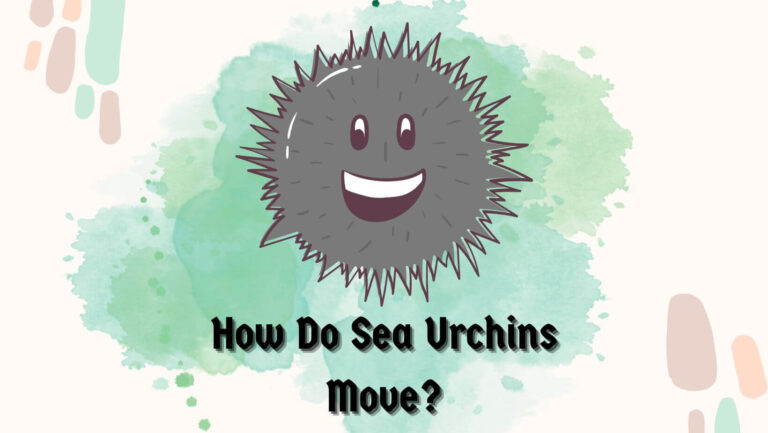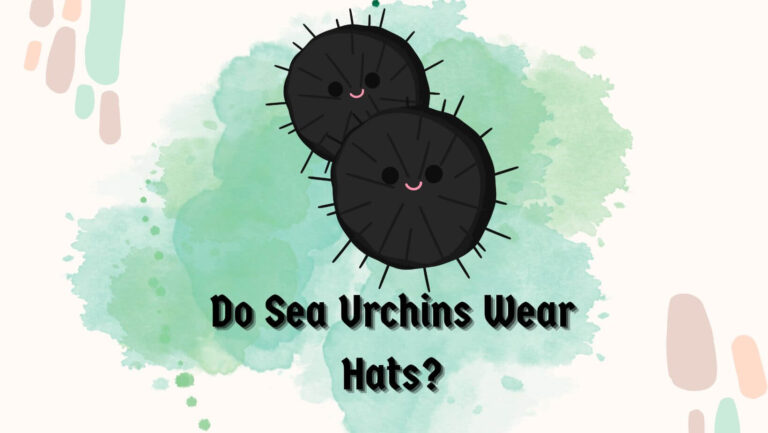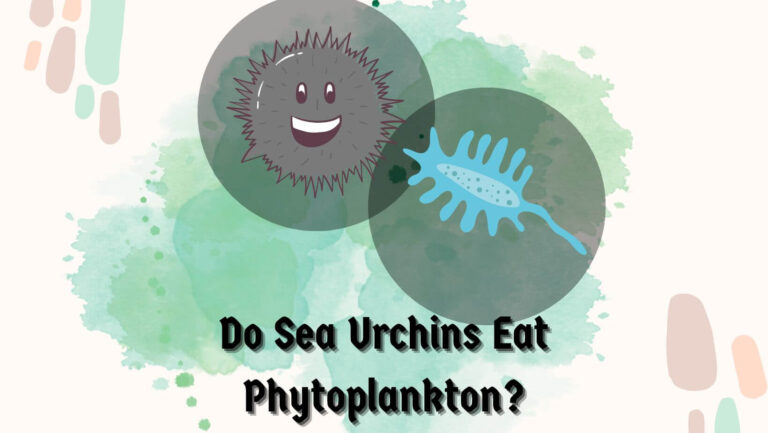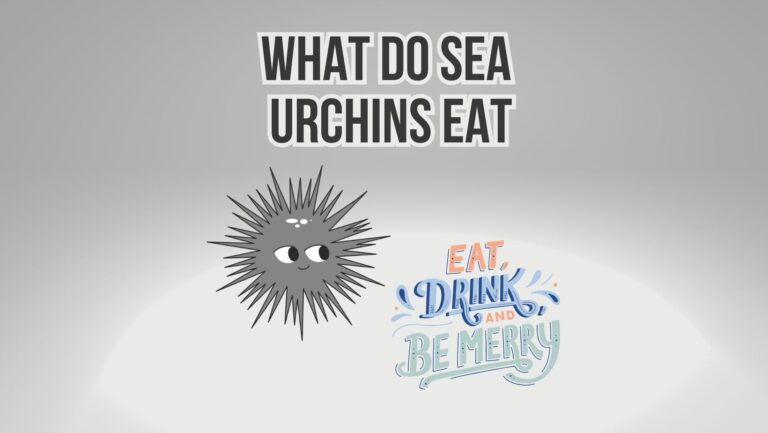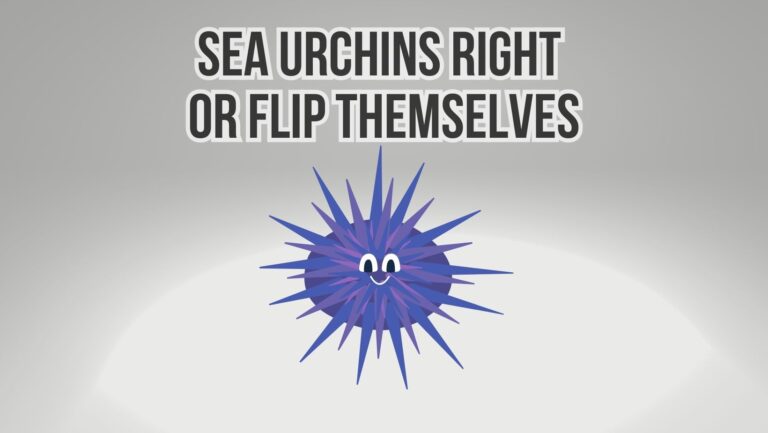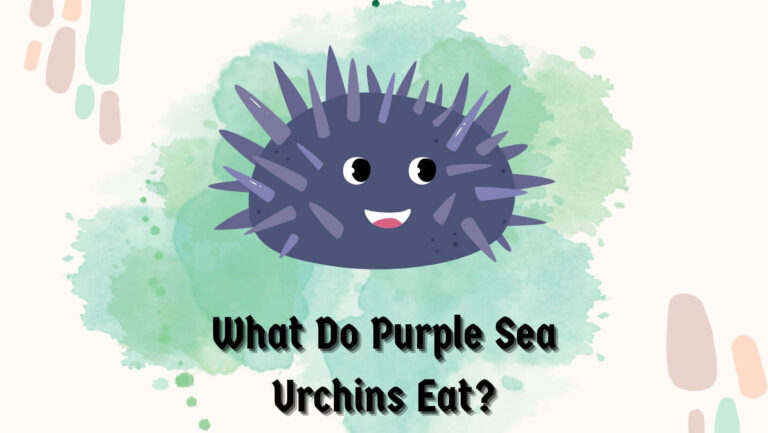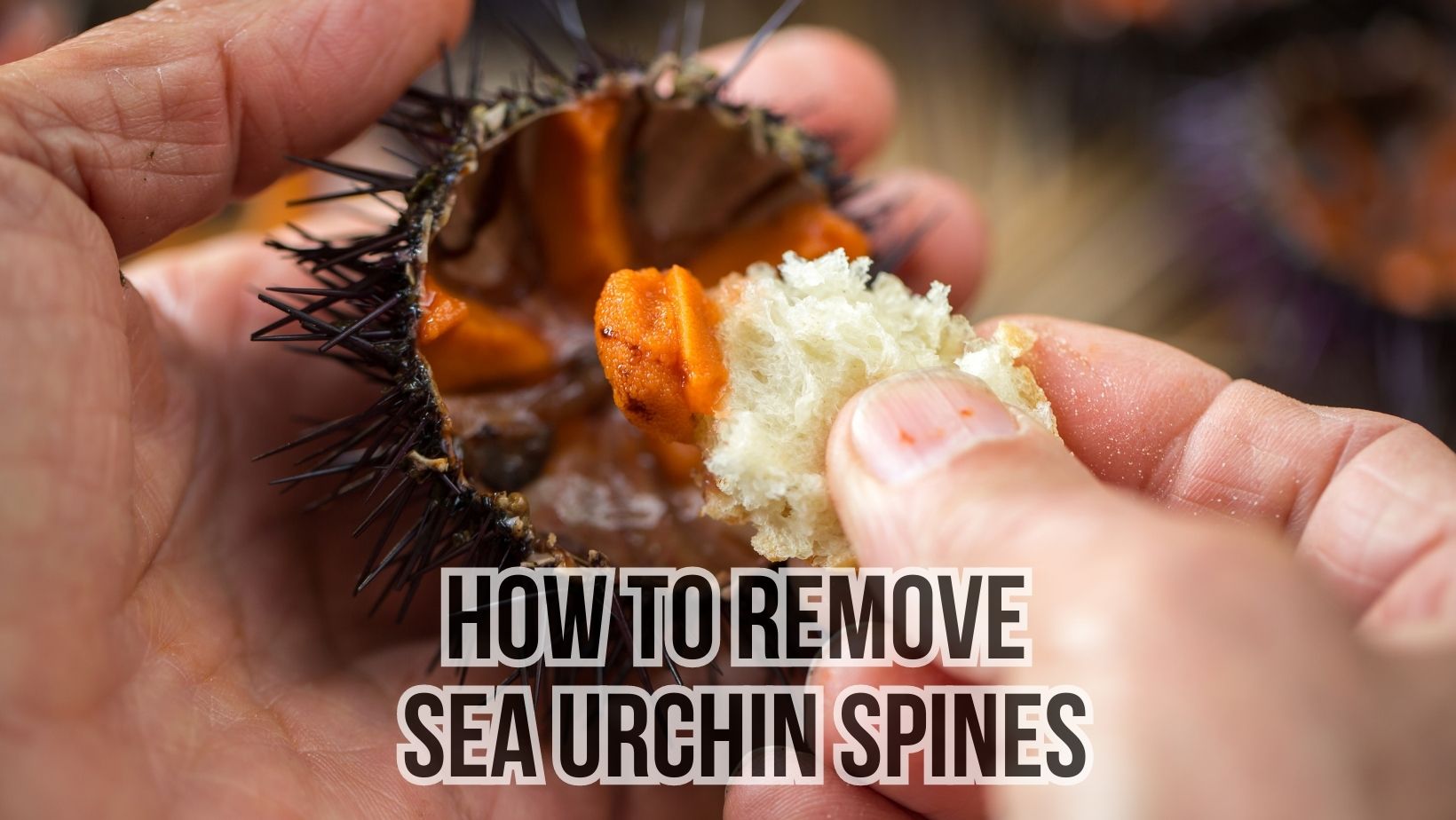
Handling sea urchins requires caution due to their sharp spines, which can cause injuries if not properly handled. Removing sea urchin spines (pedicellariae) is an essential step before preparing or consuming the sea urchin. In this guide, we will provide step-by-step instructions on how to safely remove sea urchin spines, along with some precautions to ensure your safety.
Steps to Remove Sea Urchin Spines:
- Prepare your workspace:
- Choose a clean and well-lit area to work in.
- Use protective gloves to protect your hands from the spines.
- Place a towel or a rubber mat on the surface to prevent the sea urchin from slipping.
- Secure the sea urchin:
- Hold the sea urchin firmly with one hand.
- Position it with the spines facing away from you to avoid accidental pricks.
- Use tweezers or forceps:
- Gently grip one spine with the tweezers or forceps.
- Pull it out in the same direction it is pointing, applying steady and firm pressure.
- Be careful not to break the spine or leave any fragments behind.
- Repeat the process:
- Continue removing the spines one by one, working your way around the sea urchin.
- Take your time and be patient to ensure all the spines are removed.
- Rinse the sea urchin:
- Once all the spines are removed, rinse the sea urchin under cold running water.
- This will help remove any remaining spines or debris.
Precautions While Handling sea Urchin Spines:
- Wear protective gloves: Always wear protective gloves when handling sea urchins to avoid direct contact with the spines, which can cause injury.
- Use appropriate tools: Tweezers or forceps are recommended for removing sea urchin spines as they provide a firm grip and precision.
- Handle with care: Hold the sea urchin with a steady hand, ensuring a firm grip to prevent accidental slips or injuries.
- Avoid breaking the spines: Apply consistent pressure when removing the spines to avoid breaking them. Broken spines can be harder to remove and may pose a greater risk of injury.
- Be cautious of leftover spines: After removing the spines, carefully inspect the sea urchin to ensure no spines or fragments are left behind.
How to Deal with Sea Urchins Sting?
Encountering a sea urchin sting can be a painful experience due to their spines and potentially toxic substances they release. If you or someone else is stung by a sea urchin, here are the steps to deal with the sting:
- Remove any visible spines:
- Using tweezers or forceps, carefully and gently remove any visible spines that may be embedded in the skin.
- Be cautious not to break the spines while removing them, as broken spines can cause further irritation.
- Soak the affected area in hot water:
- Fill a basin or container with hot water (not scalding) that is tolerable to the person stung.
- Soak the affected area in the hot water for 30-90 minutes.
- The hot water helps to relieve pain, reduce inflammation, and break down any remaining toxins or venom.
- Clean the wound:
- After soaking, gently clean the wound with mild soap and water to prevent infection.
- Use a clean cloth or sterile gauze to pat the area dry.
- Apply an antiseptic and bandage:
- Apply an antiseptic ointment or solution to the wound to prevent infection.
- Cover the wound with a sterile bandage or dressing to protect it.
- Manage pain and swelling:
- Over-the-counter pain relievers, such as acetaminophen or ibuprofen, can help alleviate pain and reduce swelling.
- Follow the instructions on the packaging for the correct dosage.
- Seek medical attention if necessary:
- If the pain, swelling, or redness persists, or if the wound shows signs of infection (such as pus or increased warmth), seek medical attention.
- Medical professionals can provide additional treatment and ensure proper care of the wound.
Precautions while dealing with Sea Urchins Sting:
- It is important to avoid attempting to remove deeply embedded spines on your own. Seek medical assistance if you are unable to remove them safely or if the spines are near sensitive areas like the eyes or genitals.
- Do not apply urine, vinegar, or alcohol to the wound, as these substances may worsen the irritation.
- Avoid applying pressure to the wound or trying to squeeze out venom, as this can cause further injury.
Remember, prevention is key. When swimming or snorkeling in areas with sea urchins, wear protective footwear like water shoes or sandals to minimize the risk of stepping on them. By being cautious and taking appropriate steps to deal with a sea urchin sting, you can effectively manage the situation and promote healing.
Related Faq’s about Sea Urchins Stings and Spines
Sea urchin spines cannot be dissolved, and it is generally recommended to remove them if they are embedded in the skin.
Here are answers to your specific questions:
Does Vinegar Dissolve Sea Urchin Spines?
Vinegar does not dissolve sea urchin spines. While vinegar can help to alleviate some of the pain and inflammation associated with a sea urchin sting, it does not dissolve the spines themselves.
Do Sea Urchin Spines Need to Be Removed?
Yes, sea urchin spines should be removed if they are embedded in the skin. Leaving the spines in the skin can lead to increased pain, inflammation, and potential infection.
How Long Does It Take for Sea Urchin Spines to Come Out?
The time it takes for sea urchin spines to naturally work their way out of the skin can vary. It may take several days to weeks for the spines to come out on their own, depending on their depth and the individual’s healing process.
How Do You Get Rid of Sea Urchin Pricks?
To get rid of sea urchin pricks, you can follow the steps mentioned earlier in this conversation. These include removing any visible spines, soaking the affected area in hot water, cleaning the wound, applying an antiseptic, and managing pain and swelling.
How to Remove Sea Urchin Spines from Foot, Skin, and Fingers?
To remove sea urchin spines from the foot, skin, or fingers, you can use tweezers or forceps to gently grasp the spines near the base and pull them out in the same direction they entered. Be careful not to break the spines or push them deeper into the skin.
Is It Okay to Leave Sea Urchin Spines In?
It is generally not recommended to leave sea urchin spines in the skin. Leaving them in can lead to increased pain, inflammation, and the risk of infection.
Do Sea Urchin Spines Dissolve in the Skin?
Sea urchin spines do not dissolve in the skin. If they are left untreated, they will eventually work their way out naturally or require medical intervention for removal.
Are Dead Sea Urchin Spines Poisonous?
Dead sea urchin spines still possess the potential to cause injury and may be sharp. However, they are generally not poisonous.
Are Live Sea Urchin Spines Poisonous?
Live sea urchin spines may carry toxins or venom that can cause irritation and inflammation if they pierce the skin. However, the venom is typically not life-threatening, and the main concern is managing the associated pain and potential infection.
Remember, if you experience severe pain, extensive swelling, difficulty breathing, or signs of an allergic reaction after a sea urchin sting, seek immediate medical attention.
Summary:
Removing sea urchin spines is a necessary step to safely handle and prepare these delicate creatures. By following the steps outlined in this guide and taking necessary precautions, you can safely remove the spines and enjoy working with sea urchins without the risk of injury. Remember to handle the sea urchin with care, use appropriate tools like tweezers or forceps, and wear protective gloves. With proper technique and precautions, you can handle sea urchins safely and confidently.

